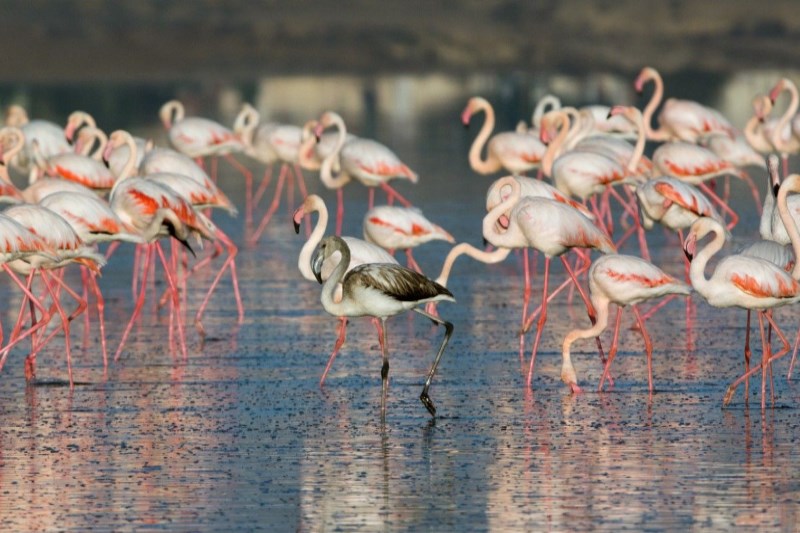
LARNACA SALT LAKE
Larnaca Salt Lake (Greek: Αλυκή Λάρνακας, Turkish: Larnaka Tuz Gölü) is a complex network of four salt lakes (3 of them interconnected) of different sizes to the west of the town of Larnaca. The largest is lake Aliki, followed by lake Orphani, lake Soros and lake Spiro.[2] They form the second largest salt lake in Cyprus after the Limassol Salt Lake. The total surface area of the lakes adds up to 2.2 km² and being just off the road leading to Larnaca International Airport is one of the most distinctive landmarks of the area. It is considered one of the most important wetlands of Cyprus and it has been declared a Ramsar site, Natura 2000 site, Special Protected Area under the Barcelona Convention[3] and an Important Bird Area (IBA).
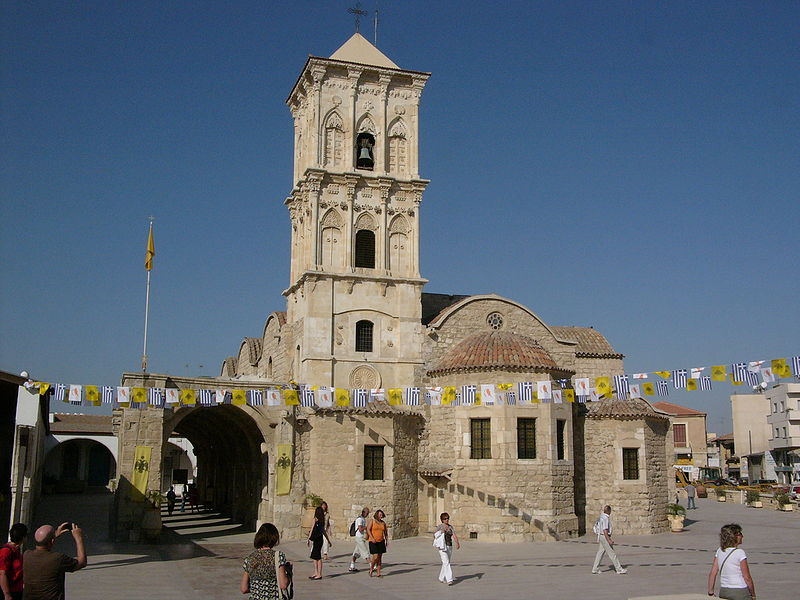
THE CHURCH OF SAINT LAZARUS
The Church of Saint Lazarus is a late-9th century church in Larnaca, Cyprus. It belongs to the Church of Cyprus, an autocephalous Greek Orthodox Church. The Church of Saint Lazarus is named for New Testament figure Lazarus of Bethany, the subject of a miracle recounted in the Gospel of John, in which Jesus raises him from the dead. According to Orthodox tradition, sometime after the Resurrection of Christ, Lazarus was forced to flee Judea because of rumored plots on his life and came to Cyprus. There he was appointed by Paul and Barnabas as the first Bishop of Kition (present-day Larnaca. The Church of Agios Lazaros was built over the reputed (second) tomb of Lazarus.

AGGELOKTISTI CHURCH
This 11th century Byzantine church, whose name means “built by angels”, was erected over the ruins of an Early Christian basilica in Kiti. The original apse survived together with one of the finest pieces of Byzantine art of the Justinian period, a rare 6th century mosaic of the Virgin and Child between two archangels. Only in Cyprus and in Mount Sinai have mosaics of this period survived the iconoclastic decrees ordering the destruction of most icons and objects of idolatry. Similar mosaics were those from the Church of Kanakaria, now on display in the Byzantine Museum in Lefkosia (Nicosia).
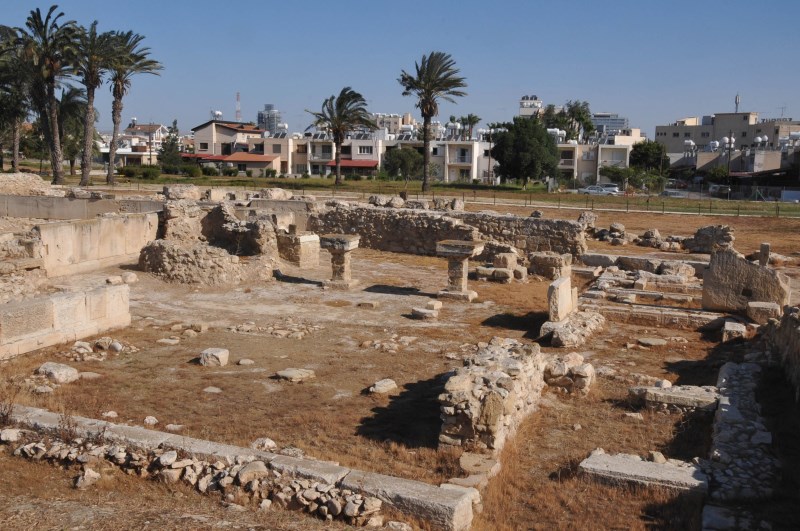
KITION ARCHEOLOGICAL SITE
Kition (Ancient Greek: Κίτιον, Phoenician: kty), also known by its Latin name Citium, was a city-kingdom on the southern coast of Cyprus (in present-day Larnaca). It was established in the 13th century BC.
It had an acropolis.The "mound gate" in the city wall, was located in the vicinity northwest of the Phaneromeni Tomb. One such find is the famous Assyrian stele of king Sargon II, now in Berlin. A plaster cast of the stele is exhibited in the Larnaka Museum. The first systematic excavations began in 1929 by the Swedish Cyprus Archaeological Expedition, under the direction of Einar Gjestard. In 1959, the Department of Antiquities, under the direction of Vassos Karageorghis, began excavating the site of Kathari.
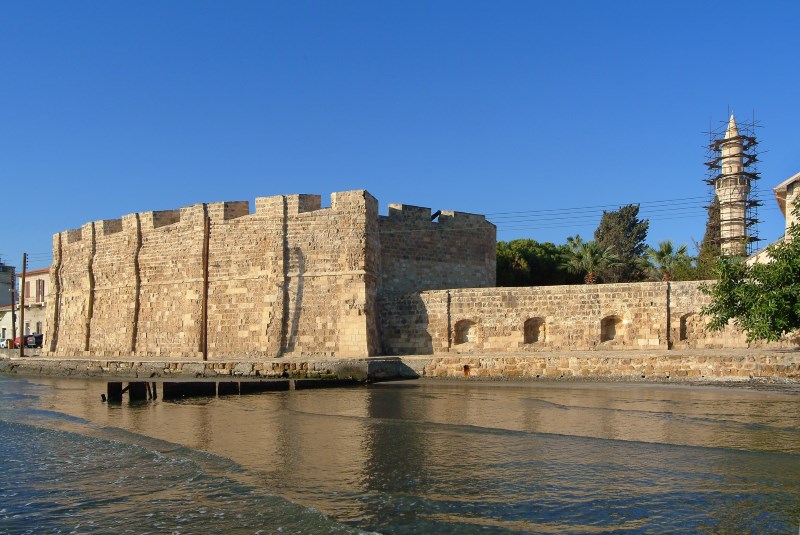
LARNACA MEDIEVAL CASTLE
Larnaca has been inhabited since the 14th century B.C. It was founded by the Mycenaean-Achaeans Greeks. It was a small town initially; with a small fort being constructed near its harbour during the Byzantine rule. It is not clear when the Byzantine fort was first built but many resources and research carried around the castle suggest that initial construction started in late 12th century. The city gained importance during the medieval ages; after the Genovese occupied the main port of the country; Famagusta; and the need for a new port town emerged. Soon after Larnaca became one of the main ports of the Kingdom of Cyprus and the need of a castle protecting the city and the harbour emerged. Between the years 1382-1398 the small Byzantine fortification located near the harbour was upgraded to a more substantial castle.
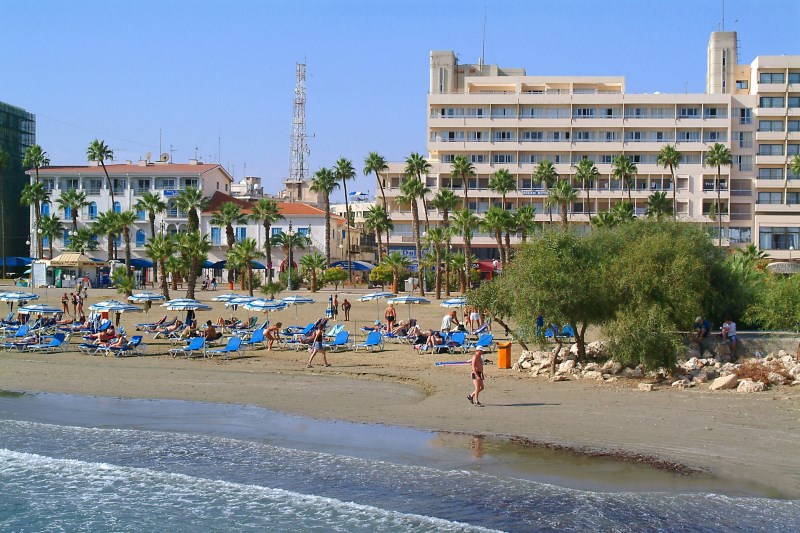
FINIKOUDES LARNACA
The former kingdom-city of Kition (in present-day Larnaca) was originally established in the 13th century BC.[4] New cultural elements appearing between 1200 BC and 1000 BC (personal objects, pottery, new architectural forms and ideas) are interpreted as indications of significant political changes and the arrival of the Achaeans, the first Greek colonists of Kition.[5] Around the same time Phoenicians settled the area.
At the archaeological sites of Kiteon, remains that date from the 13th century BC have been found. Around 1000 BC, Kition was rebuilt by Phoenicians and it subsequently became a center of Phoenician culture.
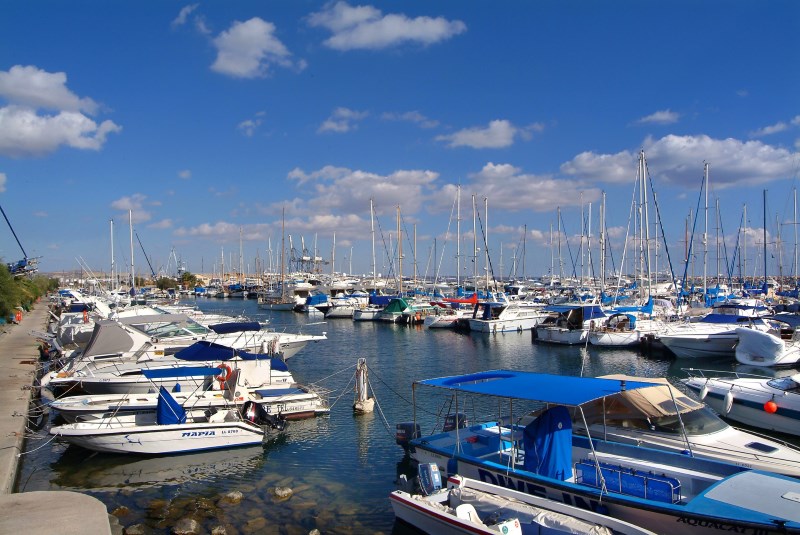
MARINA PORT LARNACA
Larnaca Marina is right in the heart of the town. It is in front of Phinikoudes, a palm tree lined promenade with many restaurants, cafes, bars to choose from . This is the place to be in Larnaca. It is also a 15 minute drive to Lca International airport. Larnaca Marina is situated in the bay of Larnaka and lies 110 nautical miles from Beirut and Tripoli, 145 n.m. from Tel-Aviv, 230 n.m. from Port–Said and 250 n.m. from Rhodes. The position of the Marina is 34 deg. 55 min. North - 33 deg. 38 min. East.
The Marina, an official Port of Entry has a maximum capacity of 450 yachts.
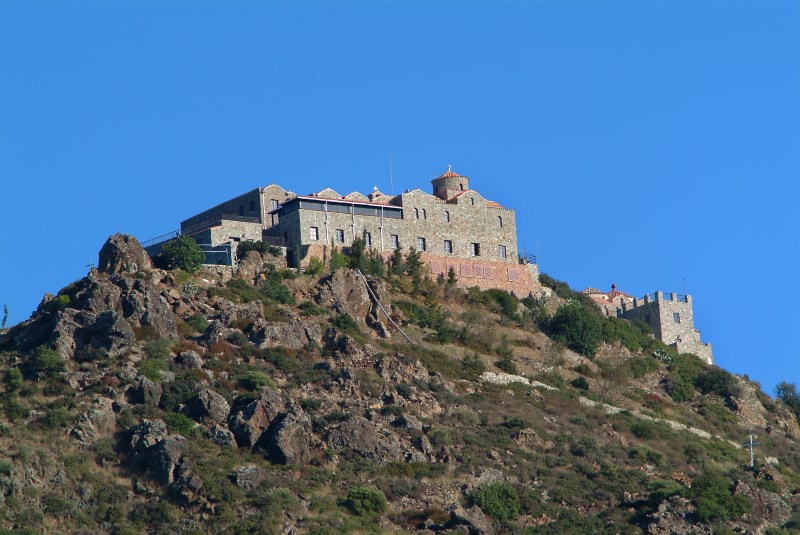
STAVROVOUNI MONASTERY
Stavrovouni Monastery (Greek: Ιερά Μονή Σταυροβουνίου) is a Greek Orthodox monastery which stands on the top of a hill called Stavrovouni (Greek: Σταυροβούνι) in Cyprus; it is sometimes simply known as Stavrovouni. The monastery is one of the few places where one can see a piece of the Holy Cross. Stavrovouni Monastery was founded by Saint Helena (Saint Constantine's mother) in around 327-329 AD and therefore it is one of the oldest monasteries in the world.
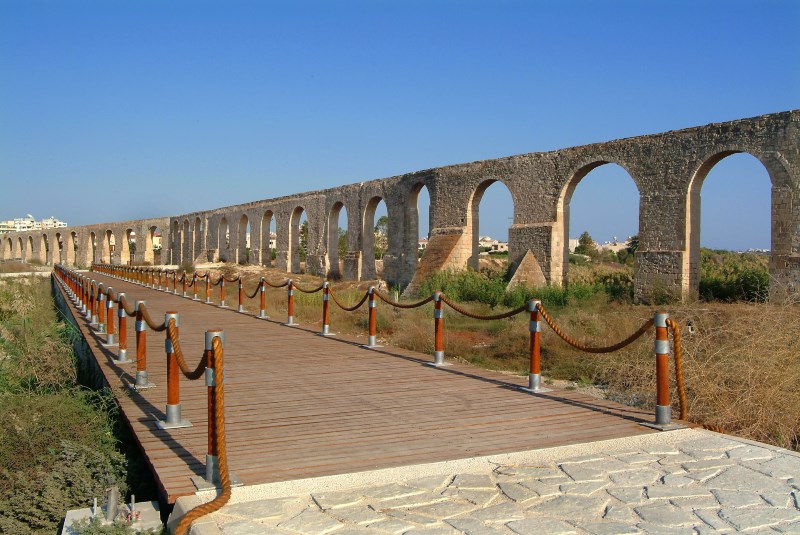
KAMARES LARNACA
Kamares Aqueduct, also known as the Bekir Pasha Aqueduct, is an aqueduct located in Larnaca, Cyprus. It was built in 1747. Tassos Mikropoulos considers the aqueduct to be the "most prominent" water supply ever built in Cyprus. It is located outside Larnaca, near the old road to Limassol. A part of it is illuminated at night. The construction of the aqueduct commenced in 1747 and was completed in 1750, costing a total of 50,000 qirsh which was paid by Ebubekir Pasha.Foreign travellers have often counted it as the most important monument constructed during the Ottoman period in Cyprus.
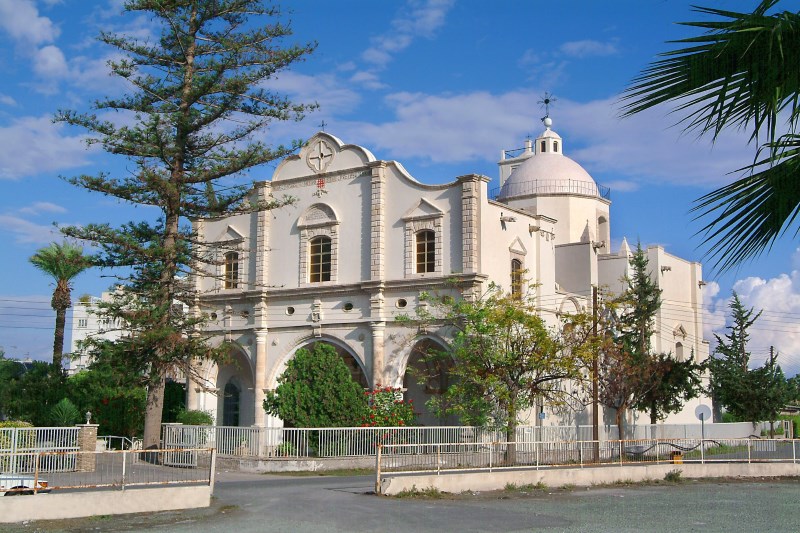
CATHOLIC CHURCH OF ST JOHN
This 11th century Byzantine church, whose name means “built by angels”, was erected over the ruins of an Early Christian basilica in Kiti. The original apse survived together with one of the finest pieces of Byzantine art of the Justinian period, a rare 6th century mosaic of the Virgin and Child between two archangels. Only in Cyprus and in Mount Sinai have mosaics of this period survived the iconoclastic decrees ordering the destruction of most icons and objects of idolatry. Similar mosaics were those from the Church of Kanakaria, now on display in the Byzantine Museum in Lefkosia (Nicosia).



